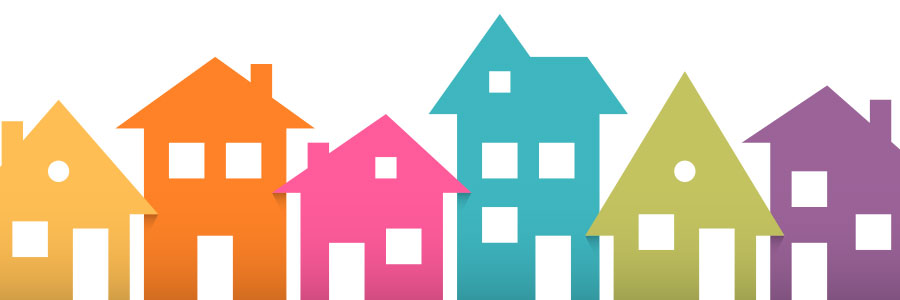Youth with behavioral health needs, particularly those receiving residential and inpatient treatment, are at significantly greater risk of homelessness. Among children 16 and younger, 1 in 10 who are leaving a public system of care (e.g., foster care, residential behavioral health, criminal justice) will be homeless within 12 months. Among youth and young adults ages 17 to 24, 1 in 4 in such situations will be homeless within 12 months. LGBTQIA+ youth and youth involved in the foster care system in particular face a disproportionate risk of experiencing homelessness after a hospital or residential stay. The COVID-19 pandemic has also led to an increase in unmet behavioral health needs among children and youth.

With calls for change from President Biden and the Surgeon General, and the declaration of a youth mental health national emergency, states and lawmakers have an immediate opportunity to build on national momentum to improve behavioral health care for children and youth with significant needs, including those who are at risk of homelessness or already homeless.
In a new strategic analysis developed for the Raikes Foundation, Manatt Health presents strategies for states and other stakeholders to use Medicaid to address youth and young adult homelessness following an institutional or residential stay for psychiatric and/or substance use care.
To download the full report, click here.